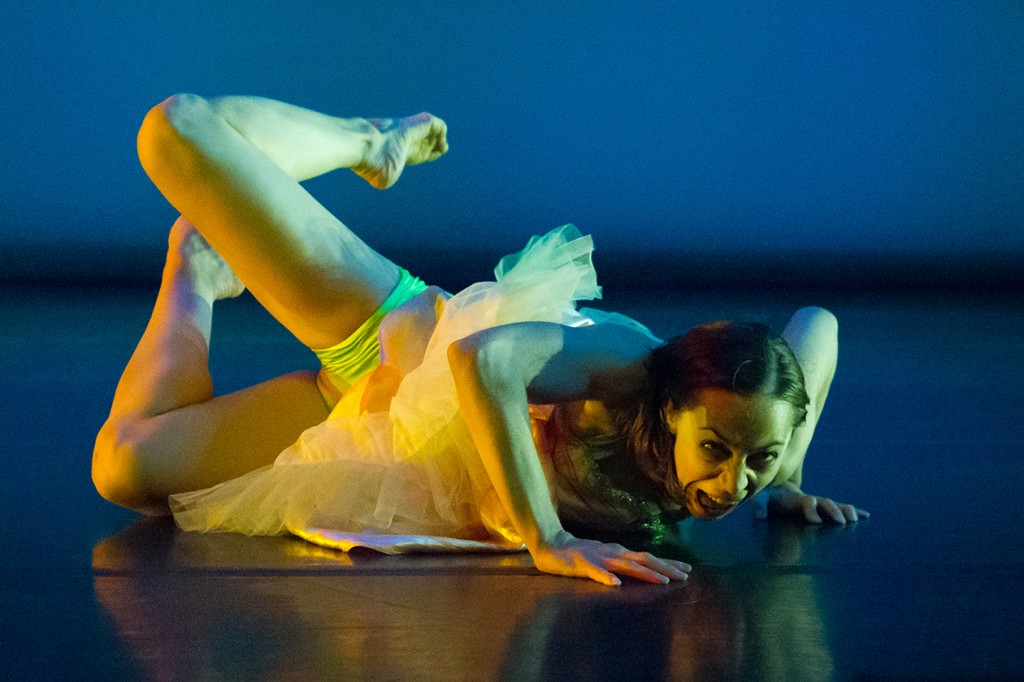Occassionally, as a senior, I find myself reflecting on the person I have been and how I have changed over the past four years, and as I begin to pack up my room in anticipation for graduation I am confronted with storage boxes filled with momentos. Things I’ll never use, but will never throw away. Alongside those are papers I’ve written that I was proud of. As a sophomore I wrote the following and I think it is particularly relevant to how sparse the blog aspect of SimplySomatic has been. To briefly provide some context, I hadn’t met the requirement to post to a forum we were supposed to participate in at least twice over the course of the semester. A small task, but sometimes those are the ones that get away from us.
“So…yes I am probably one of the last people to post. I had all semester and several reminders throughout, but for some reason after each moment when I remembered, my attention turned elsewhere. Especially during the end of the semester, I, like every other person on campus, professors and students alike, have a lot of things calling my attention outside myself and I must divide my attention between them. I think the ways people cope with this problem of organizing attention are interesting. I could make a list so that my brain doesn’t have to remember everything by itself. I could put a reminder post-it to my mirror so its somewhere i’ll see everyday. I can set an alarm on my phone to remind me to pay attention to a certain task before the days end. There is even an app on my ipod for “reminders.” All of these are ways to organize those pieces of attention externally, but thats just the problem. When I make a list, the list keeps track of that thing for me. I am no longer actively designating attention to that task. I have given that job to the piece of paper which I might reencounter reminding me to do something. This semester for me has been all about learning to pay attention, and clearly it is an ongoing process. I have learned that the nervous system loves patterns and that repatterning a physical habit takes about three weeks. This last post is a testament to how strongly my nervous system is embedded in a mental pattern of inattention. Repatterning mental habits in the brain, i think takes much longer than 3 weeks. Maybe even a lifetime.”
In case you’re wondering, my professor’s very generous response was, “Some things are worth waiting for.”
More to come on SS in the near future! Thank you for your patience! Keep checking in as we get back on track!

